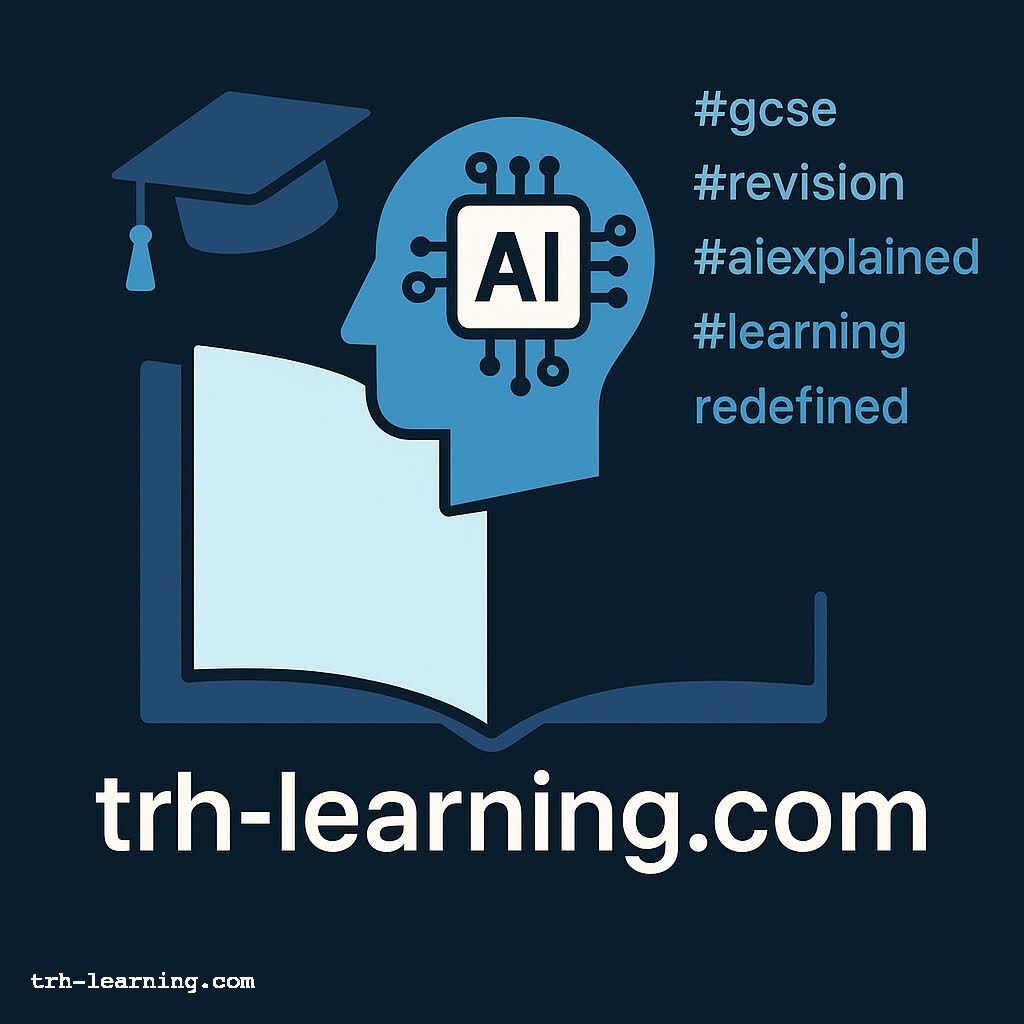"Building RAG Systems: A Software Development Guide for NVIDIA AI...
A Software Development Guide for NVIDIA AI Certification
Introduction to RAG Systems
Retrieval-Augmented Generation (RAG) systems are a cutting-edge approach in AI that combines retrieval-based methods with generative models to enhance the accuracy and relevance of AI outputs. This guide focuses on building RAG systems as part of the NVIDIA AI Certification program.
Key Components of RAG Systems
- Retrieval Module: This component is responsible for fetching relevant data from a large dataset, which is then used to inform the generative model.
- Generative Model: Typically based on transformer architectures, this model generates responses or outputs based on the retrieved data.
- Integration Layer: Ensures seamless interaction between the retrieval module and the generative model, optimizing the flow of information.
Steps to Build a RAG System
- Data Collection: Gather a comprehensive dataset that the retrieval module can access.
- Model Selection: Choose appropriate models for both retrieval and generation, considering factors like accuracy and computational efficiency.
- System Integration: Develop an integration layer that effectively combines the retrieval and generative components.
- Testing and Evaluation: Rigorously test the system to ensure it meets performance benchmarks and refine as necessary.
Benefits of RAG Systems
RAG systems offer several advantages, including improved response relevance, enhanced contextual understanding, and the ability to leverage large datasets effectively. These benefits make RAG systems a valuable asset in various AI applications.

Conclusion
Building RAG systems is a complex but rewarding endeavor that can significantly enhance AI capabilities. For those pursuing NVIDIA AI Certification, mastering RAG systems is a crucial step in advancing your AI development skills. For more information on AI certification and development, visit our blog.